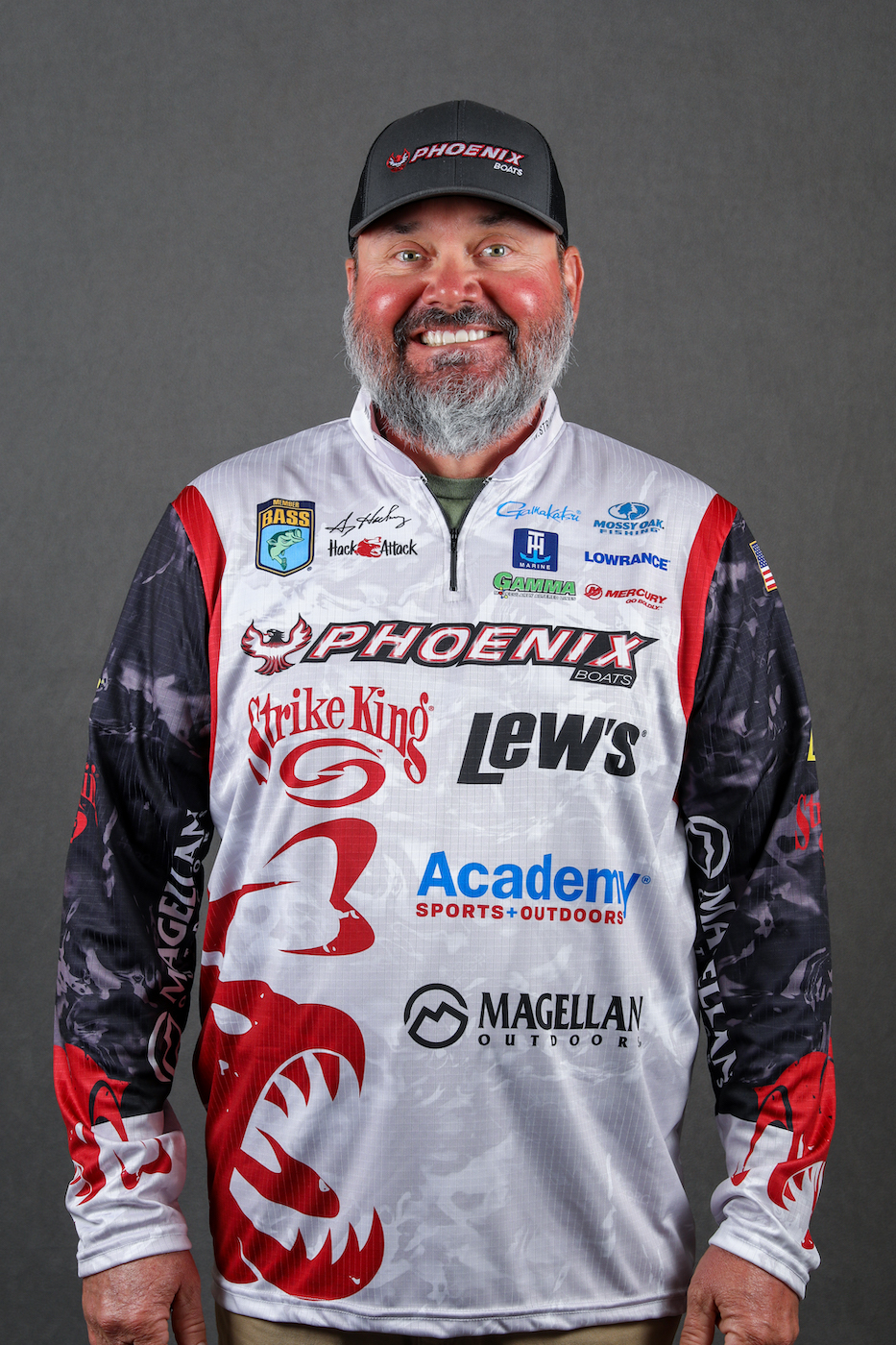
Editor’s note: Read part 1.
Last time we talked about dealing with a warmer early fall. It’s like what usually happens in October and November is now happening in November and December. Nevertheless, we are starting to get some cold nights and that’ll normalize things pretty quickly. Here’s what I see happening…
The bigger baitfish are starting to move shallow. Up until now it’s been mostly this year’s hatch that moved. But now we’re getting the older ones. That means bigger, and that’s going to affect my lure selection.
Instead of throwing small buzzbaits, spinnerbaits and crankbaits I’m going to start upsizing. My buzzbaits will be in the 1/2-ounce and 3/4-ounce class instead of the 1/4-ounce class. I’ll swap the smaller blades on my spinnerbaits for No. 6 and No. 7 sizes to more accurately reflect the size of the forage they’re eating. And, I’ll tie on a 1/2-ounce Red Eye Shad and crank it hard. I’m not doing subtle anymore.
This is also the time when big walking baits will do the trick. I’ll fish them fast with a little bit of splash unless the bass tell me they don’t want them that way, and that won’t happen very often.
If I want numbers, I’ll move way back in the creeks and fish the last available water. Anything between a pound and 3 pounds should be there.
If I’m looking for quality rather than quantity, I’ll approach things a little differently. The bigger bass will follow the bigger forage, and that forage tends to not go all the way back. They still want shallow water, to be sure, but they like it out towards the main lake a little more. Flats off the main lake and shallow areas about halfway back in the creeks are prime areas.
There are a couple of other things every angler needs to keep in mind when fall comes. The first is that dropping water levels don’t always pull bass out. Sometimes it moves them in, especially if that’s how the forage is moving.
The other thing is that you need to know about your local waters. Flood control reservoir water levels drop in the fall. That helps to trigger the fall movement, although lower water temperatures are the biggest factor. However, reservoirs that don’t have a flood control component to them and natural lakes are a little different.
Water temperature is still the most important factor, but it’s dying vegetation that helps it along, not dropping water levels. What happens is that as the vegetation dies it forms mats on top. Some of them are thin and cheesy but others are thick and hard. Either way, the stems and growth under those mats dies, drops down and ultimately disappears.
That triggers the bass to go on a feeding spree. Shad, bluegill and minnows that were hiding and living in those weeds have nowhere to go. They’re open and exposed. The bass figure that out real quick and start targeting them. The result is the same, but the way they get there is different.
Here’s the deal: The normal fall bite is a great fishing opportunity if you watch the weather and know something about your local waters. Know what triggers the fall bite. Dig out your bigger baits and fish hard. Just because it’s happening a little late this year doesn’t mean it’s any different from any other year.

